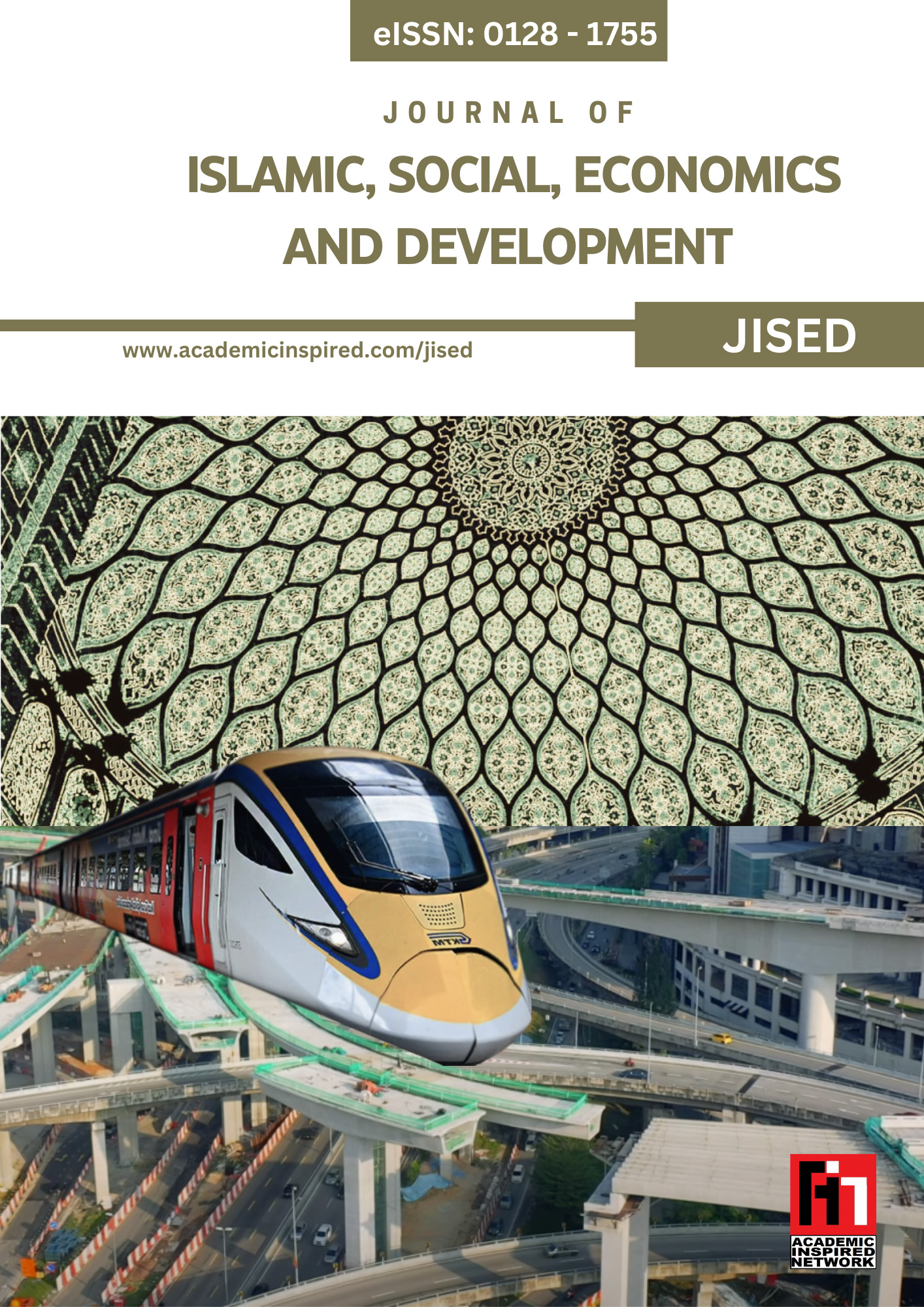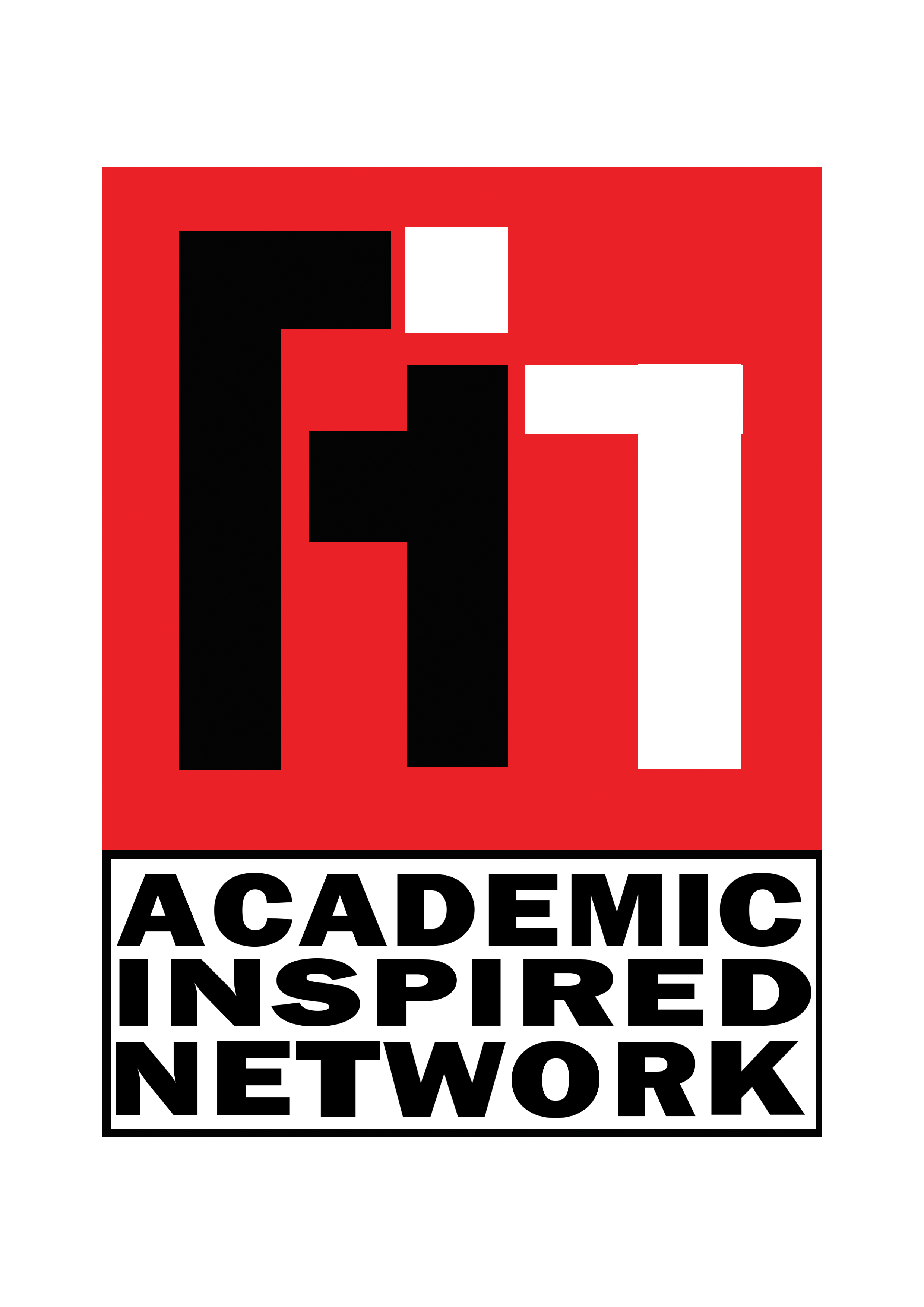Future-ready talent development: A proposed conceptual framework addressing graduate unemployment in Malaysia
Keywords:
Talent development, green economy, technological advancement, technological disruption, globalisationAbstract
The development of future-ready talent has emerged as a critical topic in the globalised era due to a mismatch between graduate skills and industry requirements. This article highlights the necessity of cultivating future-ready talent to address graduate unemployment in Malaysia. Anchored in the Resource-Based View (RBV) theory, this study proposes a conceptual framework that incorporates key drivers such as the green economy, technological advancements, technological disruptions, and globalisation. It highlights the importance of collaborative efforts among Higher Education Institutions (HEIs), industries, and policymakers in bridging the gap between the supply and demand for skilled talent. Employing conceptual analysis, this study synthesises existing literature and reports to develop the proposed framework. The anticipated outcomes include improved graduate employability and enhanced workforce resilience in Malaysia, equipping it to meet the evolving demands of the labour market.













